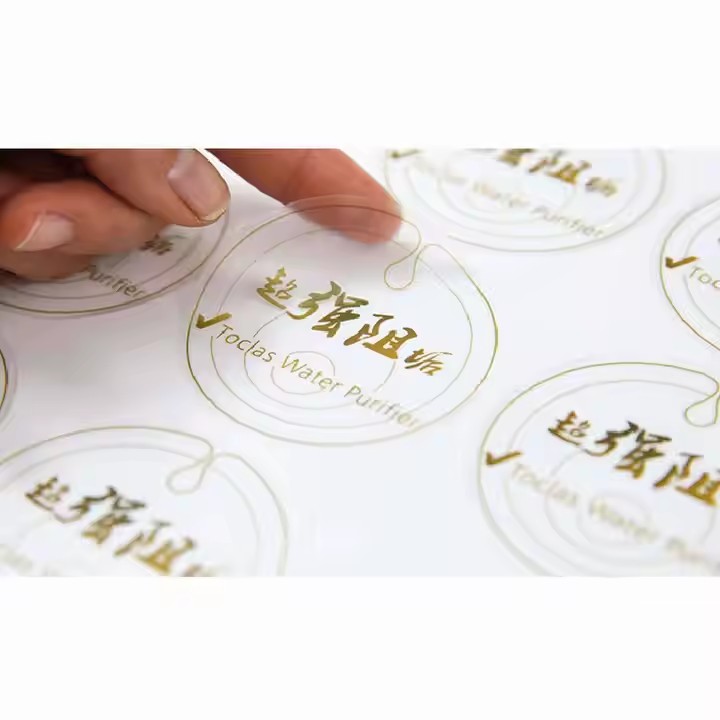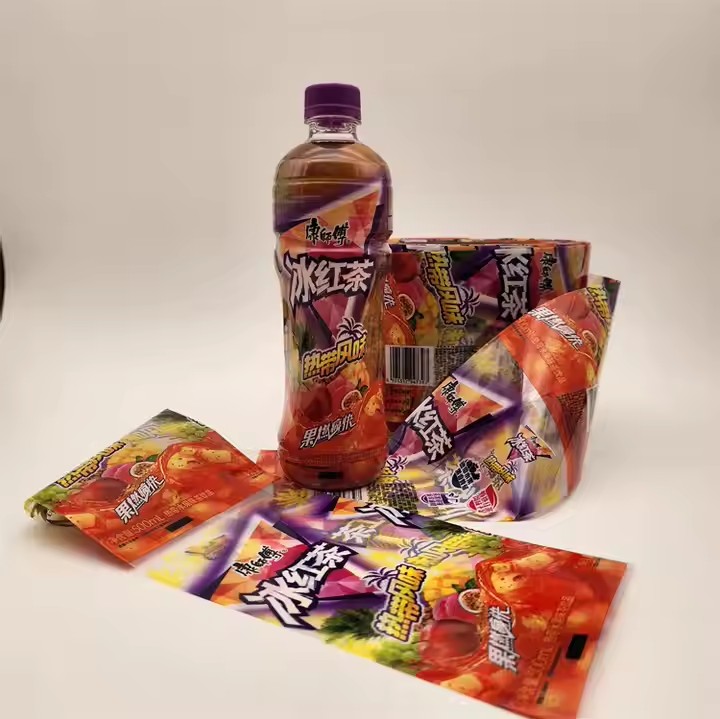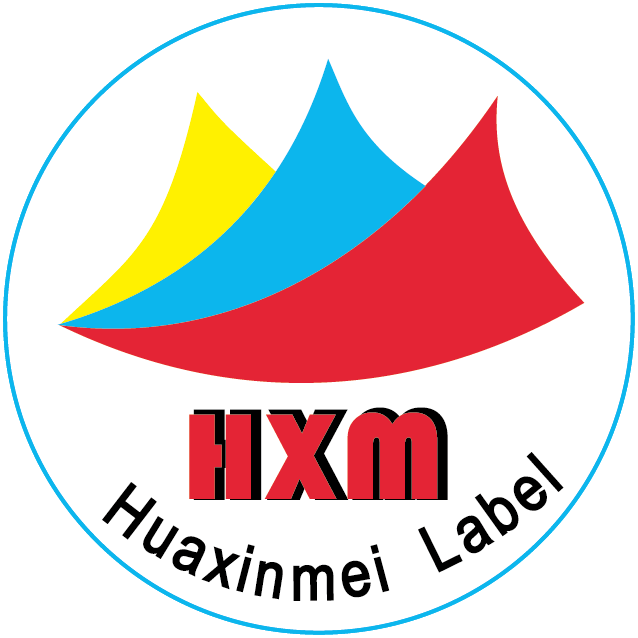Automotive Industry
Identification Information: Aluminum labels are used on parts such as the car body, engine, and gearbox to mark important vehicle information like the model, production date, VIN code, etc. This facilitates production management, quality traceability, and after – sales service. Since cars are often exposed to the elements, using aluminum labels for license plates and such can extend their service life.
Decorative Purposes: Aluminum labels are used on some automotive interior and exterior decorative parts, such as door interior strips and dashboard decorative frames. The aluminum labels can be used for personalized pattern and texture designs, enhancing the overall aesthetics and quality of the vehicle. Interior decoration of a car is also important. Usually, some interesting toys or dolls are decorated inside the car.

Electronics and Appliance Industry
Product Identification: For various electronic products like mobile phones, computers, tablets, and home appliances, aluminum labels are often used on the outer shells or internal circuit boards to mark product models, specifications, parameters, production dates, serial numbers, etc. This is convenient for product production, sales, and after – sales management.
Warning Labels: In electronic and electrical products, in areas involving high voltage, high temperature, or other hazards, aluminum labels can be used to make warning signs to remind users of safety precautions. Due to the durability of aluminum, the warning information can remain clear and visible for a long time.
Machinery Manufacturing Industry
Equipment Nameplates: Large – scale mechanical equipment, machine tools, etc. are usually equipped with aluminum nameplates that indicate the equipment’s name, model, specification, manufacturer, and production date. These are important identity markers of the equipment, which help with equipment file management and maintenance.
Part Identification: During the machinery manufacturing process, aluminum labels are used to identify some key components, recording information such as the part’s batch, material, and processing technology. This is convenient for quality control and traceability during the production process.
Chemical Industry
Chemical Product Labels: Aluminum labels are used to mark information such as the name, composition, hazard level, and safety precautions of chemical products. Aluminum labels have good corrosion resistance, which can maintain the integrity and clarity of the label content in harsh chemical environments, ensuring the safe storage, transportation, and use of chemicals.
Pipeline Identification: In the pipeline systems of chemical enterprises, aluminum labels can be used to mark the name and flow direction of the medium in the pipeline, facilitating inspection and maintenance by operators and ensuring the safe operation of the pipeline system.
Pharmaceutical Industry
Drug Packaging: On the packaging boxes or bottles of drugs, aluminum labels can be used to print information such as the drug’s name, dosage form, specification, production date, expiration date, and approval number, ensuring the accurate transmission and traceability of drug information.
Medical Device Identification: For various medical devices such as syringes, infusion sets, and medical equipment, aluminum labels are used to mark product information and usage instructions, helping medical staff to correctly use and manage medical devices.
Food and Beverage Industry
Product Packaging: Aluminum labels can be applied to the packaging of food and beverages, such as cans, glass bottles, and cartons, to print product brand logos, production dates, expiration dates, ingredient lists, etc. This meets the requirements of food safety regulations and attracts consumers’ attention at the same time.
Logistics Labels: During the logistics and transportation of food and beverages, aluminum labels can be used as logistics labels to mark information such as product batches, quantities, shipping places, and receiving places, facilitating logistics management and cargo tracking.

Building Materials Industry
Product Identification: For building materials such as pipes, plates, and profiles, aluminum labels are often used to mark product specifications, models, materials, production batches, etc. This is convenient for construction workers to select and use materials, and is also beneficial for quality control and market sales of building materials enterprises.
Decorative Labels: On some decorative building materials products, such as decorative strips and door and window accessories, aluminum labels can be used for decoration and identification. Through exquisite design and printing, the added value and market competitiveness of the products can be enhanced.
Garment Industry
Brand Labels: Many clothing brands use aluminum labels as brand identifiers, sewn on positions such as the collar, cuffs, or hem of the clothing to display the brand name, logo, etc., enhancing the texture and grade of the brand.
Care Labels: Aluminum labels can also be used to make care instruction labels for clothing, marking information such as the fabric, washing method, and precautions. Due to the durability of aluminum, the care labels can remain clear and intact after multiple washes.

Jewelry Industry
Product Labels: Used to mark information such as the brand, style, material, weight, and price of jewelry. Aluminum labels can be processed through special techniques such as oxidation and wire drawing to give them a texture and luster that match the jewelry, enhancing the product’s display effect.
Anti – counterfeiting Labels: Some high – end jewelry brands adopt anti – counterfeiting technologies on aluminum labels, such as laser anti – counterfeiting and QR code anti – counterfeiting, to prevent the appearance of counterfeit products and protect the brand image and consumers’ rights.


